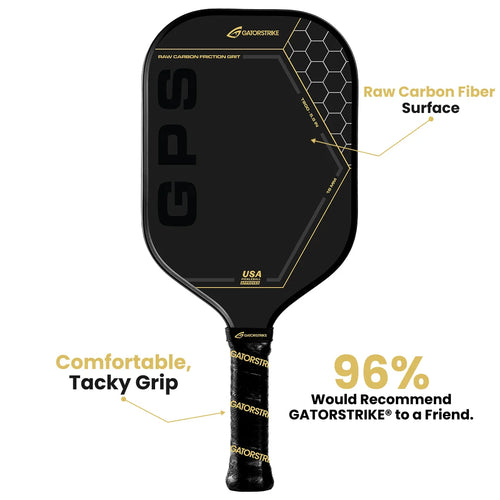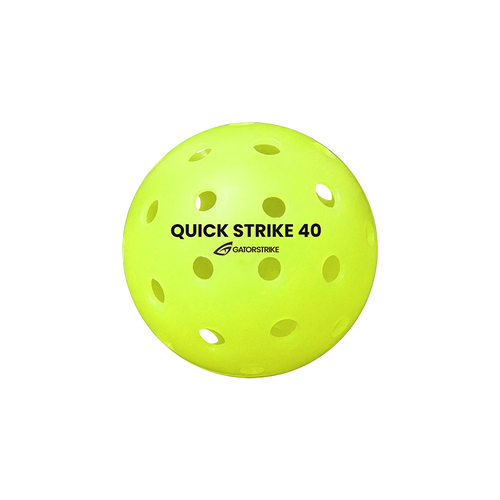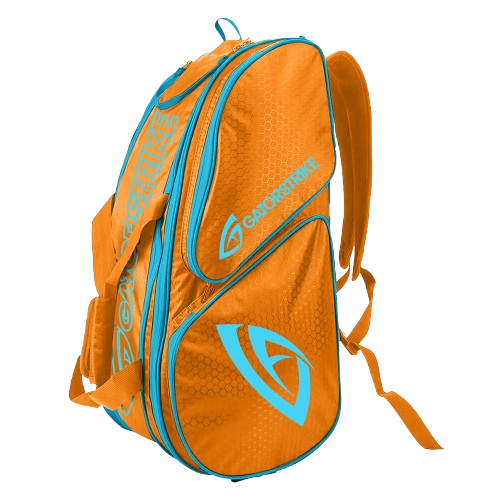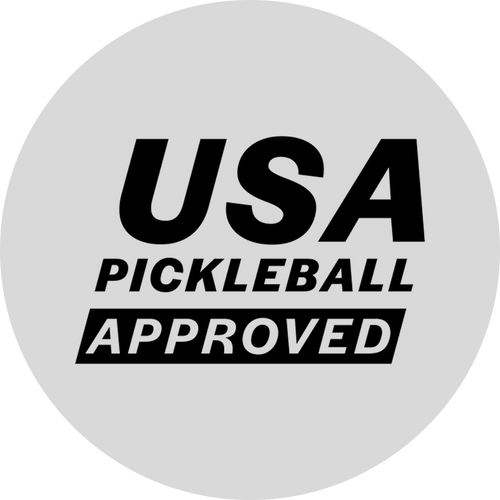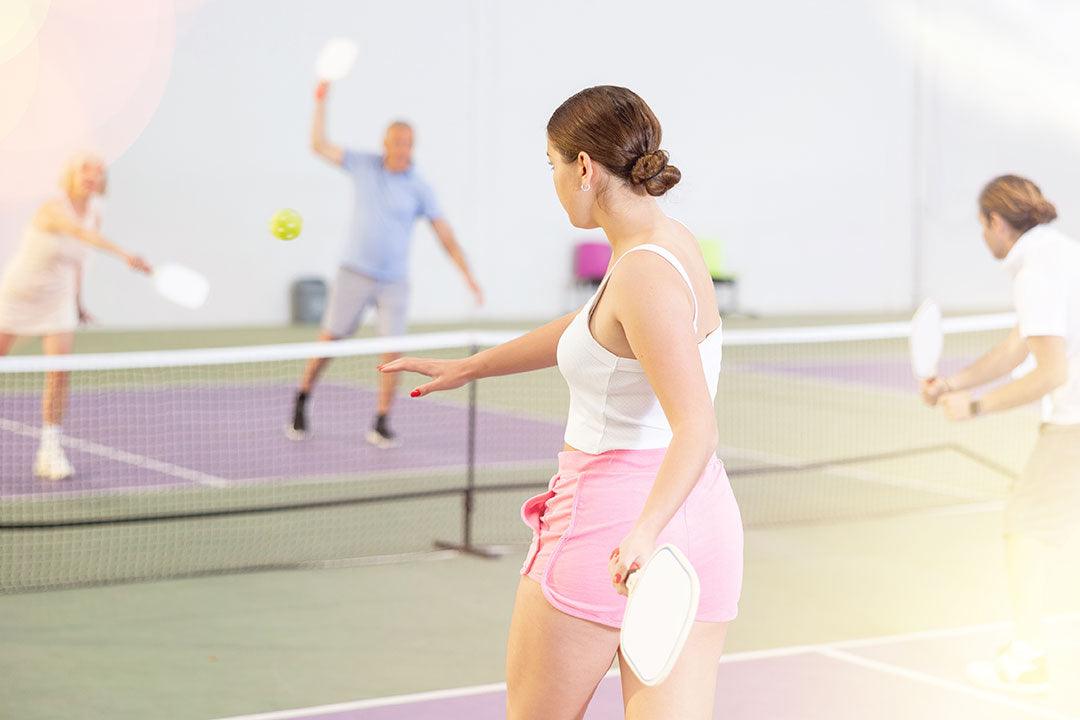
Pickleball Singles vs Doubles: Which is Right for You?
Share
Introduction
Pickleball, a sport that blends elements from tennis, badminton, and table tennis, offers two distinct formats: singles and doubles. Each format presents unique challenges and benefits, catering to different styles of play and preferences. Understanding the nuances of singles and doubles can help players make an informed decision about which format best aligns with their skills, physical capabilities, and personal preferences. This article explores the key differences between pickleball singles and doubles, the skills required for each, and how to determine which format is right for you.
Understanding Pickleball Formats
Definition and Basics of Singles
In singles pickleball, one player competes against another on the court. The game is played on the same court dimensions as doubles, but with only one player on each side. This format emphasizes individual skill, endurance, and strategic shot placement. Players must cover the entire court themselves, which requires exceptional fitness and agility. Singles matches often feature long rallies, demanding a high level of stamina and precision.
Definition and Basics of Doubles
Doubles pickleball involves two players on each team, playing on the same court size as singles but with half the court covered by each pair. This format introduces team dynamics, where coordination and communication between partners are crucial. Doubles play often features faster-paced rallies with a focus on positioning and teamwork. Players must strategize together to control the game, making it a blend of individual skill and collaborative tactics.
Key Differences Between Singles and Doubles
Court Coverage and Movement
In singles pickleball, players must cover the entire court on their own. This requires a high level of fitness and agility, as players need to move quickly and efficiently to respond to shots. The court becomes a larger territory to defend, emphasizing the importance of positioning and strategic shot placement. In contrast, doubles players share court coverage responsibilities, allowing them to specialize in different areas and work together to cover gaps. This division of labor can lead to more strategic positioning and less physical strain on individual players.
Strategic Approaches
Singles play often involves a focus on personal strategy, such as using powerful serves, accurate shots, and exploiting the opponent's weaknesses. Players must be adept at adjusting their strategy based on the opponent's movements and shots. Doubles play, however, relies heavily on team strategy, including coordinated movements, communication, and planned shot selections. Effective doubles teams develop strategies to capitalize on each player’s strengths and compensate for weaknesses, often employing tactics like switching sides or setting up specific plays.
Team Dynamics vs. Individual Play
Singles pickleball is a solitary endeavor where the player is solely responsible for all aspects of the game, from strategy to execution. This format requires self-reliance and personal focus, as players must adapt and make decisions without input from a partner. Doubles pickleball, on the other hand, involves working closely with a partner, necessitating effective communication and coordination. Success in doubles relies on the ability to synchronize with a teammate, share responsibilities, and support each other throughout the match.
Skill Requirements
Technical Skills for Singles
Singles players need to master a range of technical skills, including powerful serves, accurate groundstrokes, and strategic placement. The ability to hit consistently and move quickly is essential, as players are responsible for covering the entire court. Effective footwork, stamina, and shot selection are critical for maintaining control and executing successful plays. Singles players often focus on developing a well-rounded skill set to handle diverse situations and opponents.
Technical Skills for Doubles
Doubles players require technical skills that complement their partner’s abilities. Key skills include precise volleys, effective teamwork in positioning, and strategic shot placement to create openings. Doubles play demands coordination and the ability to adapt shots based on team strategies and partner movements. Players need to excel in communication, positioning, and understanding their partner’s strengths and weaknesses to execute successful plays.
Physical Demands
Endurance and Stamina in Singles
The physical demands of singles pickleball are significant, requiring players to have exceptional endurance and stamina. Covering the entire court means that players must sustain high levels of activity throughout the match. Cardiovascular fitness, agility, and the ability to recover quickly between points are crucial for maintaining performance. Singles players often engage in rigorous conditioning to build the stamina needed for prolonged play.
Agility and Coordination in Doubles
Doubles pickleball places a premium on agility and coordination, as players must move efficiently within their designated half of the court. Quick lateral movements, precise positioning, and the ability to anticipate both opponents' and partners' actions are vital. While the physical demands may be less intense than singles in terms of court coverage, doubles players need to maintain sharp reflexes and effective communication to execute team strategies and respond to fast-paced play.
Mental Aspects
Focus and Decision-Making in Singles
Mental focus is critical in singles pickleball, where players must make quick decisions and maintain concentration throughout the match. Players need to stay mentally sharp to adapt their strategy, respond to the opponent’s tactics, and manage their own physical and emotional states. Single players often develop strong mental resilience to handle the pressures of solo play and maintain a high level of performance.
Communication and Adaptability in Doubles
In doubles pickleball, communication and adaptability are essential for success. Effective verbal and non-verbal communication helps partners coordinate movements, plan strategies, and adjust to changing game situations. Players must be able to quickly adapt to their partner’s play style and the opponent’s tactics, fostering a cooperative approach to problem-solving and execution. Strong communication skills and adaptability are key factors in achieving a cohesive and successful team dynamic.
Advantages of Playing Singles
Increased Focus on Personal Skills
Playing singles allows for an intense focus on developing personal skills and techniques. Without the need to coordinate with a partner, players can concentrate on improving their own serves, strokes, and strategic play. This individual focus can lead to significant personal growth and mastery of the game. Singles play often offers a more direct path to honing specific skills and strategies tailored to the player’s style.
Greater Control Over the Game
Singles players have complete control over their game, including shot selection, pace, and strategy. This autonomy allows for a more personalized approach to gameplay and the opportunity to implement individual tactics without compromise. The ability to make decisions independently can enhance a player’s sense of control and confidence on the court.
Advantages of Playing Doubles
Team Strategy and Cooperation
Doubles pickleball fosters a strong sense of teamwork and strategy. Partners must work together to cover the court, plan tactics, and execute coordinated plays. This cooperative environment can lead to more dynamic and varied gameplay, where team strategies and collaboration become central to success. The ability to rely on and support a partner can also make matches more enjoyable and less isolating.
Social Interaction and Support
Doubles play offers social interaction and camaraderie, as players share the court with a partner. This social aspect can enhance the enjoyment of the game, providing opportunities for mutual support and encouragement. Playing doubles can also create a sense of community and shared goals, making the sport more engaging and rewarding.
Choosing the Right Format for You
Assessing Personal Preferences
When deciding between singles and doubles, consider your personal preferences and playing style. Reflect on whether you enjoy the solitary challenge of singles or the collaborative nature of doubles. Think about your goals, whether they include personal skill development or building team dynamics. Your choice should align with what aspects of the game you find most fulfilling and enjoyable.
Evaluating Your Physical and Mental Strengths
Evaluate your physical and mental strengths to determine which format suits you best. If you excel in endurance, agility, and solo strategy, singles may be a better fit. If you thrive in teamwork, communication, and quick coordination, doubles might be more suitable. Consider your fitness level, ability to handle pressure, and preference for collaborative or individual play when making your decision.
Conclusion
Choosing between pickleball singles and doubles depends on various factors, including personal preferences, skill sets, and physical capabilities. Both formats offer unique challenges and rewards, from the individual focus and control of singles to the teamwork and social interaction of doubles. By understanding the differences and evaluating your own strengths and preferences, you can select the format that aligns best with your goals and enhances your enjoyment of the game. Whether you prefer the solo challenge of singles or the cooperative nature of doubles, pickleball offers an engaging and rewarding experience for players of all styles.
